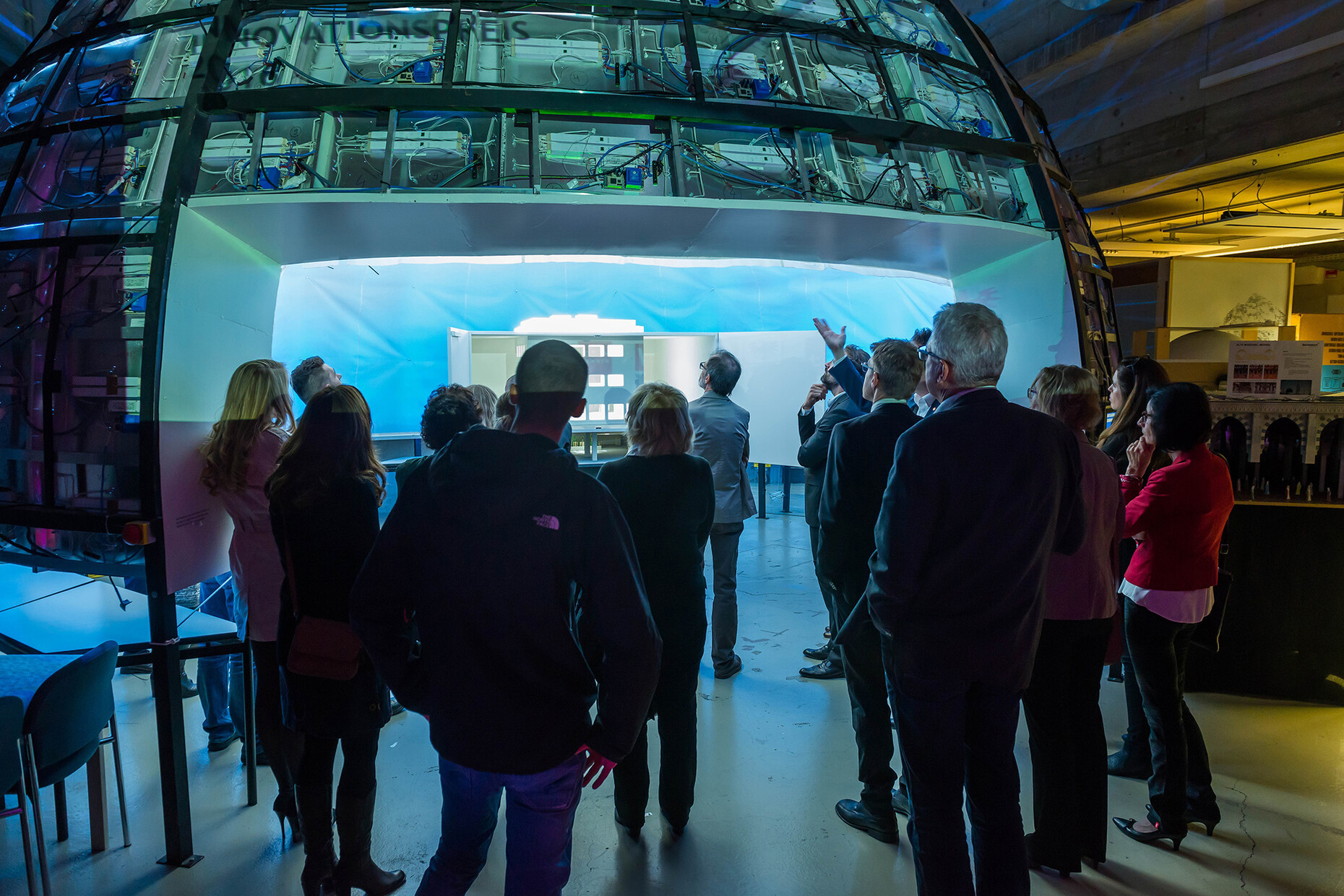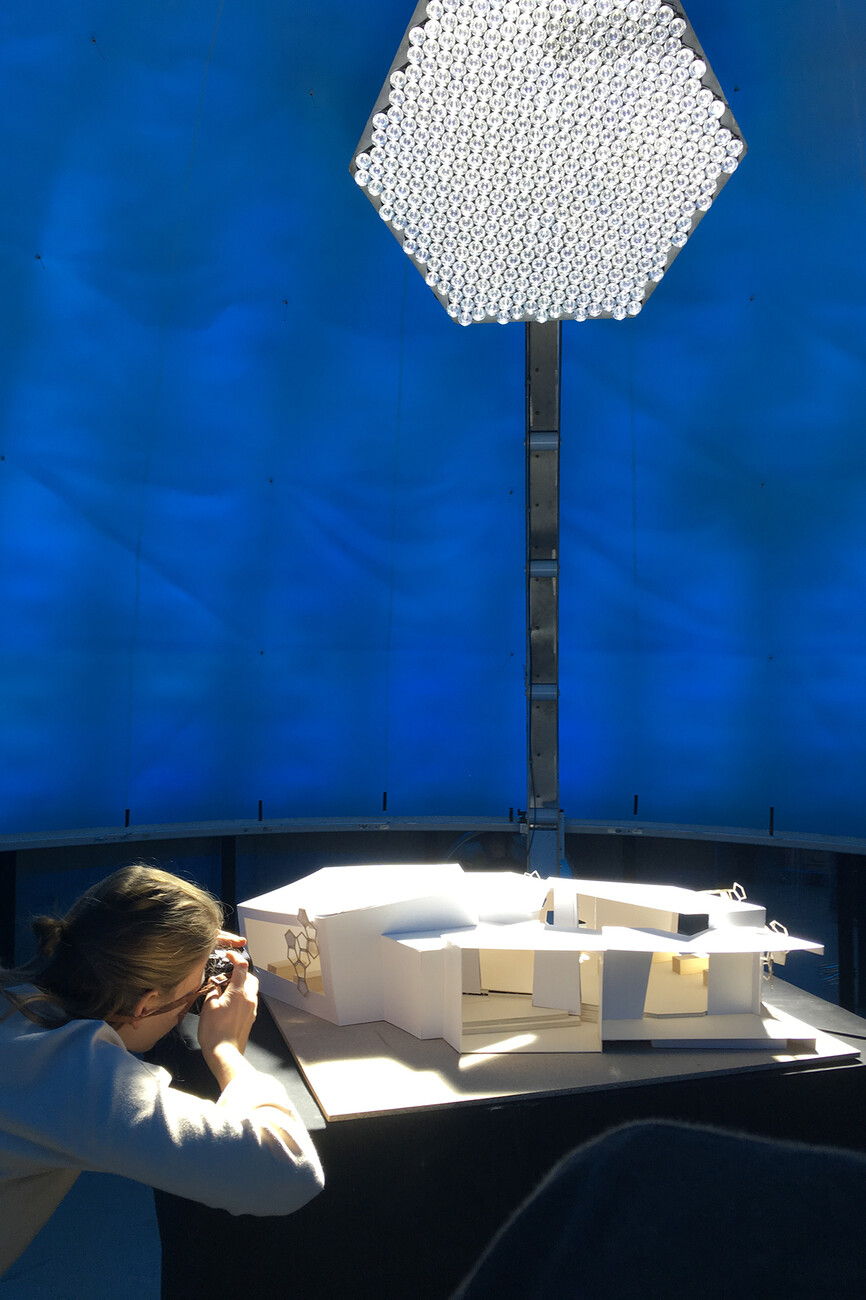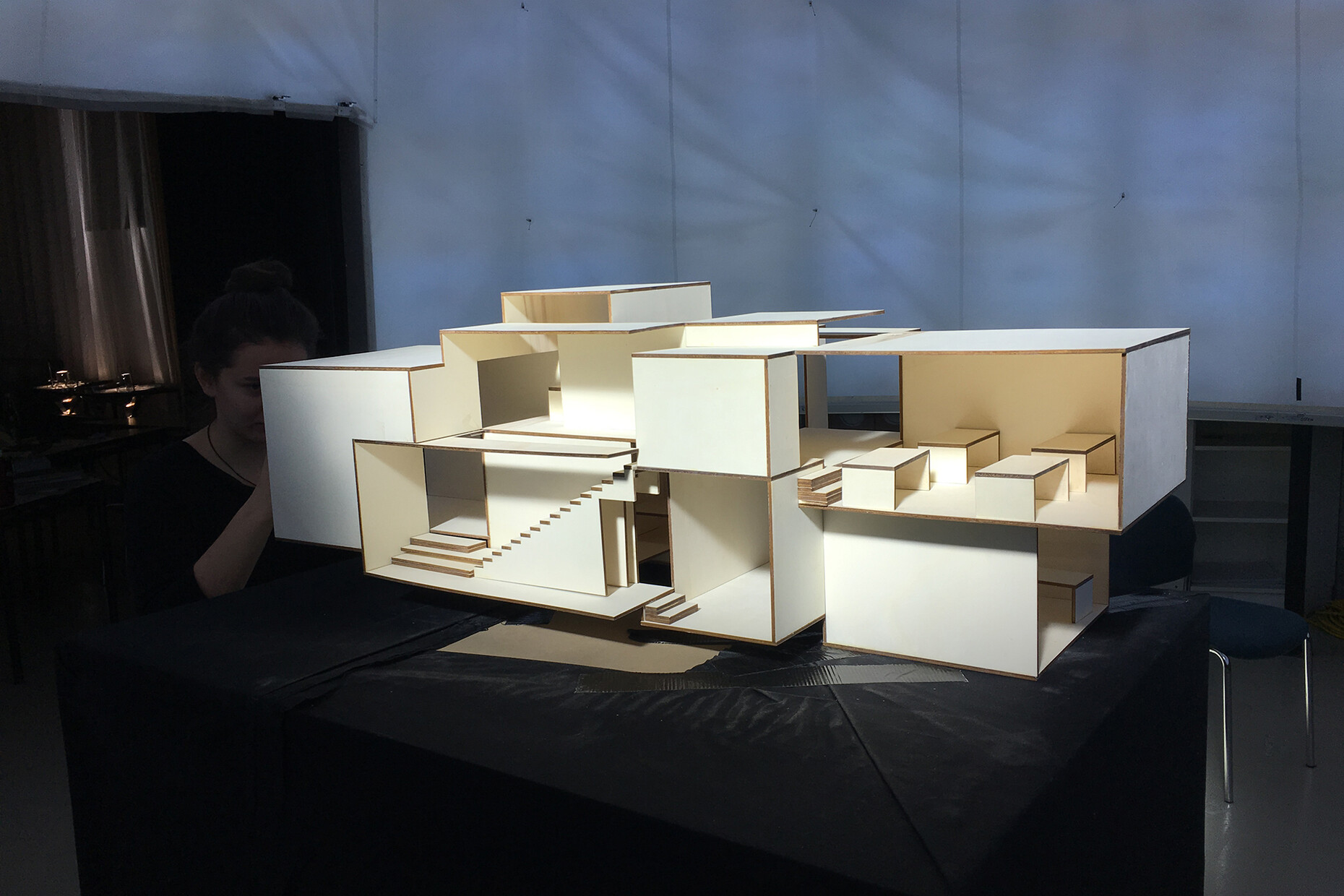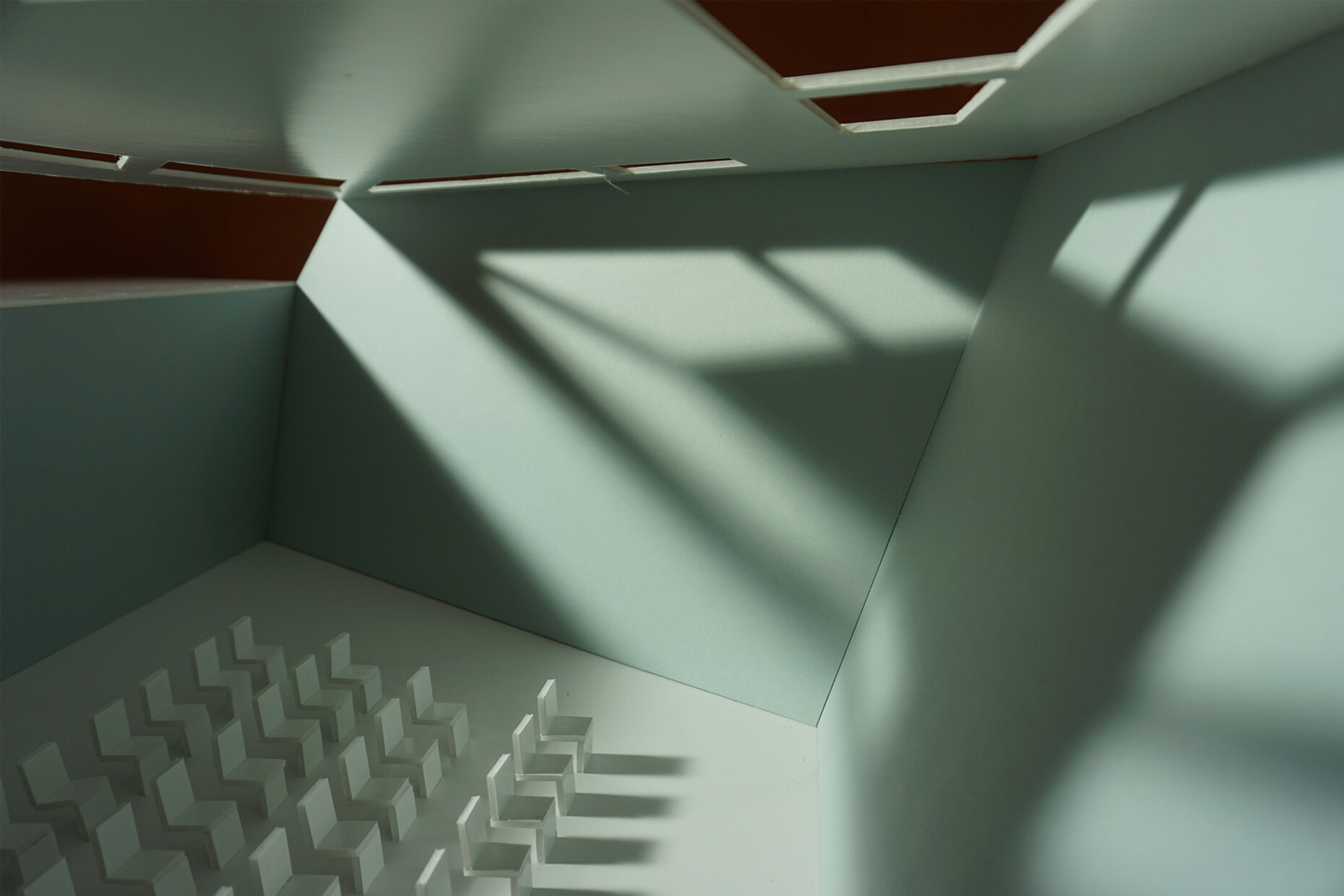Light for All
Bartenbach GmbH in Aldrans, Austria dates back to 1976, when Christian Bartenbach founded the engineering office Christian Bartenbach. Since then, the company has developed numerous solutions in the design of daylight and artificial lighting. To this end, Bartenbach has created, among other things, an artificial sky at its headquarters that makes it possible to simulate daylight faithfully at any time of day or year. Working on the model is one of the basic principles of lighting design. In addition to the technical side, however, design and psychological aspects also play an important role there, which is why the staff includes architects, designers and psychologists of perception in addition to physicists and mathematicians. In addition, the company, which is now run by the second generation, wants to use the Bartenbach Academy to communicate its knowledge to the outside world. We spoke with Wilfried Pohl, Director Research at Bartenbach, about the philosophy behind it and the importance of interdisciplinary exchange.
Alexander Russ: Bartenbach takes a holistic approach and combines design, planning, research and teaching. Can you explain the concept in more detail?
Wilfried Pohl: We look at light from all sides: On the one hand, light plays a role in visual perception; on the other hand, it affects our health. This makes an interdisciplinary approach necessary in order to understand the various influences on humans as well as possible. To do this, you have to deal with physics and technology, but also with psychology and medical issues, in order to be able to implement good solutions. That's why we have engineers, but also various designers in our planning department, because light offers a strong emotional and creative component in addition to the technology. At the same time, we are networked with universities and conduct joint research on certain topics, which is rather unusual for an engineering firm. In the end, however, you have a different kind of knowledge when you are involved in research yourself. This then also has an effect on practice. Artificial lighting (generally part of electrical planning) is always considered in connection with daylight. Daylight comes via the façade and therefore affects completely different trades in the building, which is why this integral approach "artificial and daylight" is very challenging in the planning business.
In addition to research, you are also active in teaching. How is Bartenbach's holistic approach reflected there?
Wilfried Pohl: Our founder, Prof. Dr. Christian Bartenbach, was very keen to pass on his knowledge and establish professional training in lighting design. This then gave rise to the Bartenbach Academy, which is based on perception-oriented lighting design with key topics such as building with daylight, light and color, or light and health. In this context, we offered the master's degree program in lighting design together with the University of Innsbruck until 2015. This was a postgraduate course on the subject of lighting design, the aim of which was to transfer our internal knowledge to the outside world and to further disseminate our approach.
Who was this postgraduate course aimed at?
Wilfried Pohl: It was completely open. The student body was correspondingly diverse – from architects and designers to directors and physicists. Anyone who had anything to do with the subject of light or was interested in it could participate. We tried to integrate the students into our real projects in order to interlink theory and practice as much as possible.
Can you give an example of a project?
Wilfried Pohl: The postgraduate course lasted a total of four semesters. In each semester, there were two projects for the students. One was a planning project and the other a concrete product such as a luminaire. For this, the students then built models and made calculations. In the planning projects, for example, they worked with us on Terminal 3 at Changi Airport in Singapore. There was a large atrium there, where we investigated the question of how it could be optimally lit with daylight. The aim was always to make the most of the creativity of our interdisciplinary student body.
How has the teaching experience affected Bartenbach? Has it changed the way you work?
Wilfried Pohl: At some point, you think you have finally understood certain things. When you are suddenly confronted with people from completely different disciplines who ask questions, it can sometimes shake certain certainties. This then leads you to look at things differently and come up with different solutions. That was a great insight from the teaching: Understanding never ends! In this respect, the input from the students was extremely valuable.
A university symposium is held twice a year at the Bartenbach Academy. What exactly is it about?
Wilfried Pohl: Students from various universities come to us for two days and are guided through the laboratories and our showrooms. In addition, they can visit our world of light on 800 square meters of exhibition space and learn everything about the subject of light in the form of 1:1 sample rooms, models, info screens and large-format photos – from planning projects to the results of our lighting research. There will also be workshops where, for example, models will be used to demonstrate the possibilities of daylighting. In the end, light has to be experienced in person to understand its visual effects. In addition to the university symposia, we also have a teaching assignment at the University of Innsbruck, where we give lectures, conduct workshops with students in our artificial sky, and where they also develop new lighting and building concepts in the course of term papers or master's theses. In addition to this academic teaching, we offer a variety of seminars and courses, for example "light inspiration days" for architects, or technical short courses for industry. And the artificial sky can also be booked by interested parties for light studies on models. We are basically a very open house – everyone is welcome to visit us and discuss light with us.


















